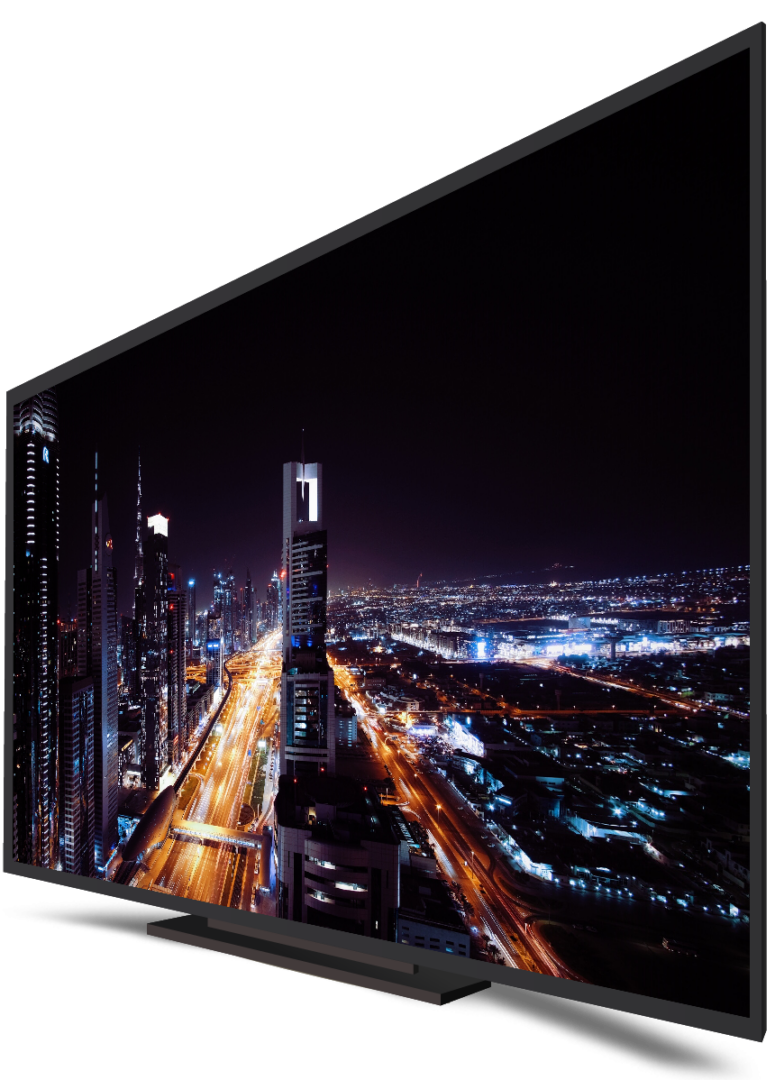Understanding the Importance of Proper Display Calibration
We at Custom Calibrations calibrate because EVERY TV needs it. Manufacturers typically don’t do this at the factory.
Whenever you’re watching on your screen, you should see the movie “as the director intended.” You don’t have to buy a new TV—the one you have simply needed to be calibrated. If you spent good money on your TV, you should get the most out of it. And to get the best picture, you’ll be needing a professional video calibration.
TVs are not individually adjusted at the factory. Just like an automobile, when your TV rolls off the assembly line, it is quickly adjusted to meet general performance
levels. These include making sure that it turns on and off and that you’re able to access inputs and menu items. Then, it is pre-adjusted to be set up in a store or your home.
Your TV will look better after it has been professionally calibrated in the environment in which it is viewed. It will produce a picture that is bright, sharp, crisp, and accurate. The blacks will be BLACK, not brown, greenish, or blue, and the whites will be WHITE, not pink or yellow. Additionally, the picture will have depth and overall evenness. When adjusted to SMPTE specs, you will get an image that is accurate and natural.

The way the director intended.
The Benefits of Calibrating Your TV
A correctly calibrated TV will likely look more pleasing to the eye and may, depending on its light output afterward, draw less power and last even longer. Generally, it has a dimmer picture than the “torch mode” default settings. Because the TV is producing less light, it uses less power and can enjoy a longer lifespan, thanks to the reduced strain on the light-generating parts of the TV. This is especially true for OLED TVs, and to a small extent, LCDs.

The other benefit of a properly calibrated TV is reduced eye fatigue. The display is not as bright, and your brain does not have to work as hard to process the video images. A bright TV makes your brain work harder.
In many cases, if someone isn’t familiar with what a calibrated TV looks like, they’re probably not going to like it... at first. A properly calibrated TV will appear reddish and soft because the accurate color temperature is warmer than how most TVs look. The sharpness control, which is often set very high, adds an artificial edge
to everything. This masks real detail, but when you take it away, the image initially appears soft even though It’s actually showing finer detail.
To get a preview of what your TV might look like calibrated, switch to Movie or Cinema mode. This is usually the picture mode closest to “accurate.” If you’re considering calibration, watch the TV in this mode for a few days, then see if you still prefer dynamic, vibrant, or whatever mode the TV was in before.
Common Display Errors
These errors are typically caused by:


